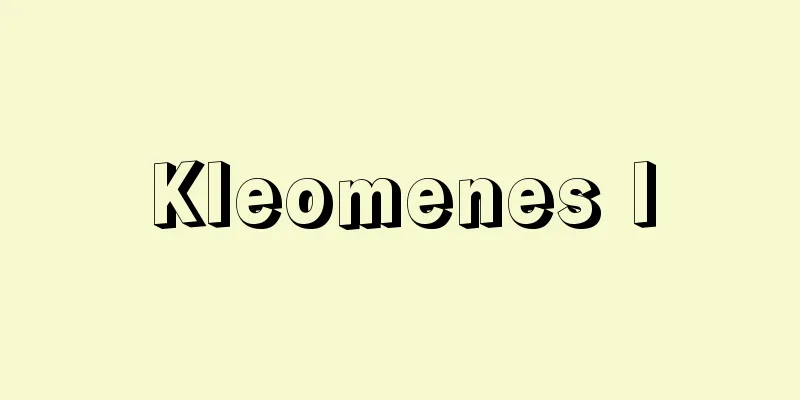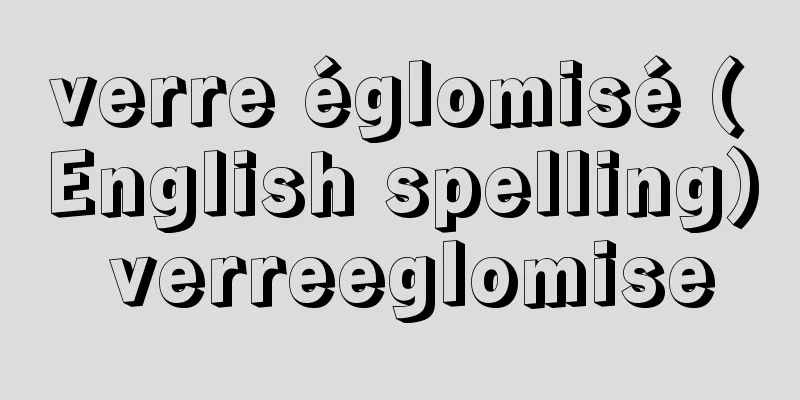Exciton

|
In non-metallic solids (insulators) that do not conduct electricity, all electrons are tightly bound to atoms and cannot move within the solid. When light is shone on such a solid, the electrons absorb the light's energy, jump out of the atoms, and move around within the solid. If the energy absorbed is insufficient, the electron cannot leave the atom and is excited to a higher energy state within the atom. However, excited electrons cannot remain in that state forever. Because the electron exerts a force on the electrons bound to the surrounding atoms, it will eventually give energy to one of those electrons and return to its original state. In this way, the energy given to the electron is transmitted from atom to atom. The electron does not move, and only the excitation moves around the solid as if it were a single particle. This type of excitation is called an exciton. The presence of excitons appears in the optical absorption of insulators. When light of various frequencies ν is shone on an insulator and the absorption intensity is measured, the results shown in are obtained. Optical absorption by electrons occurs as the absorption of a single photon. When the energy of the photon h ν ( h is Planck's constant) is greater than a certain threshold E 0 ( h ν > E 0 ), the electron is excited to a state where it moves around within the solid. The large peak seen in the high frequency region of indicates the absorption of light due to this type of electronic excitation. When h ν < E 0 , such excitation cannot occur. The peak seen in near h ν = E 1 indicates the absorption of light due to the creation of excitons, and E 1 is thought to correspond to the energy of the exciton. [Yosuke Nagaoka] ©Shogakukan "> Light absorption intensity and photon energy (Fig.… Source: Shogakukan Encyclopedia Nipponica About Encyclopedia Nipponica Information | Legend |
|
電流を通さない非金属の固体(絶縁体)では、電子はすべて原子に強く束縛されており、固体内を移動できない。このような固体に光を当てると、電子が光のエネルギーを吸収して原子から飛び出し、固体内を動き回るようになる。吸収するエネルギーが不十分なときは、電子は原子から離れることができず、原子内のエネルギーの高い状態に励起される。しかし、励起された電子はいつまでもその状態にとどまることができない。電子は周囲の原子に束縛された電子と力を及ぼし合っているから、そのうちにそれらの電子の一つにエネルギーを与え、自分は元の状態に戻る。このようにして、電子に与えられたエネルギーは、原子から原子へ次々に伝わっていく。電子は移動せずに、励起(excitation)のみがあたかも1個の粒子のように固体内を動き回る。このような励起を、励起子またはエキシトンexcitonとよぶ。 励起子の存在は絶縁体の光吸収に現れる。絶縁体にいろいろな振動数νの光を当てて、その吸収強度を測定すると、のような結果が得られる。電子の光吸収は1個のフォトンの吸収としておこる。フォトンのエネルギーhν(hはプランクの定数)が、ある閾値(しきいち)E0より大きい(hν>E0)ときには、電子は固体内を動き回る状態に励起される。の高い振動数領域にみえる大きな山は、このような電子励起による光の吸収を示す。hν<E0のとき、そのような励起は生じえない。でhν=E1の付近にみえるピークは励起子をつくりだすことによる光の吸収を示し、E1は励起子のエネルギーにあたると考えられる。 [長岡洋介] ©Shogakukan"> 光の吸収強度とフォトンのエネルギー〔図… 出典 小学館 日本大百科全書(ニッポニカ)日本大百科全書(ニッポニカ)について 情報 | 凡例 |
Recommend
Macroclemys temminckii (English name) Macroclemystemminckii
…They are voracious eaters, consuming mainly anim...
East Asia - East Asia (English spelling)
The eastern part of the Asian continent, including...
Gansenji Temple
This is a Shingon Ritsu temple located in Iwafune...
Song of My Cid - Song of My Cid (English)
Spanish epic poem. Author unknown. Traditionally,...
gas chromatography
...The peak area is calculated by approximating t...
Ice hockey - Ice hockey (English spelling)
A type of ice skating competition. Two teams of s...
Green Bay
A port city in northeastern Wisconsin, USA. Popula...
Fractography
This is translated as fracture surface analysis. I...
ABS - ABS
A safety device for brakes. It is a function that...
Chionoecetes japonicus (English spelling)
… [Takeda Masatomo]. … *Some of the terminology t...
Kiriani mixture - Kiriani mixture
… Beckmann's mixture = 60g of K 2 Cr 2 O 7 mi...
Koinumaru no ho - Koinumaru no ho
A ho in Issai County, Harima Province. It was also...
Kappel
…In 1829, he held the Marburg Conference with Lut...
Sanguisorba tenuifolia (English spelling) Sanguisorba tenuifolia
…[Yamanaka Futoshi]. … *Some of the terminology t...
Caracas Company - Caracas Company (English name) Real Compañía de Comercio de Caracas
A trading company based on the joint stock company...
![Akashina [town] - Akashina](/upload/images/67cad0ab230c0.webp)








![Yokote [city] - Yokote](/upload/images/67cd1910ed009.webp)